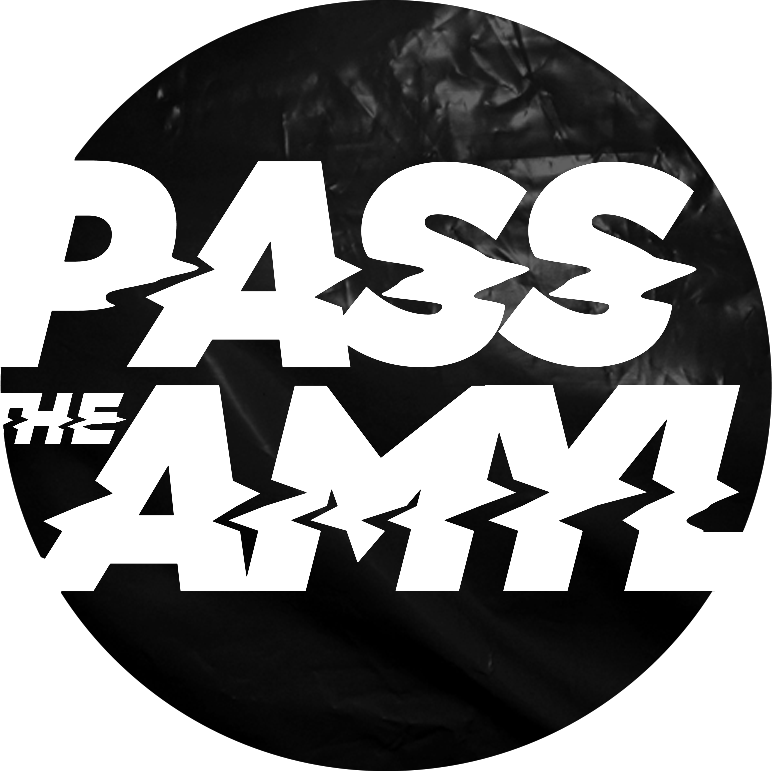Justin Hamilton Podcast: Fave Books of 2025ish and Predator: Badlands /
Back on the @justinhamiltoncomedian Podcast today with a textbook demonstration on pop cultural whiplash.
First up it’s all about first traumatic Predator exposures, mutilated cocks, Yautja vajootzes and dream sequel pitches, then we kick on with my Fave Books of 2025ish, featuring no less than @steveminon @sianglu_author @jilliandawnmichel @dominichoey @brandonjackk @thescarletttbitch @lechblaine @bitterkarella @elivalley @stephengrahamjones @dahliadelacerda and @stewarthome1 !
Justin Hamilton podcast: BUGONIA /
Justin Hamilton Podcast talkin’ Tron: Ares (sort of) /
Back on Justin Hamilton Podcast to sort-of-not-really discuss Tron: Ares – my dedication to research included playing the Commodore 64 game from the ‘80s – and then we veer off on a whole bunch of tangents, including the Riyadh Comedy Festival, Tom from Myspace, the fantasy of the benevolent billionaire and how to take it when someone says you “look like Jared Leto”.
Justin Hamilton Podcast: One Battle After Another /
Discussing the flick that’s so good I rated it five stars on Letterboxd twice!
Justin Hamilton Podcast: toxic masculinity and The Surfer /
Justin Hamilton Podcast: Alien: Earth and A.I. /
Back on the Justin Hamilton Podcast for the first time in a hot minute, talking Alien: Earth, the insidious scourge of A.I. and more.
A lot of infuriated tangents, a lot of sermonising, a lot of “fuck this shit!” herein.

